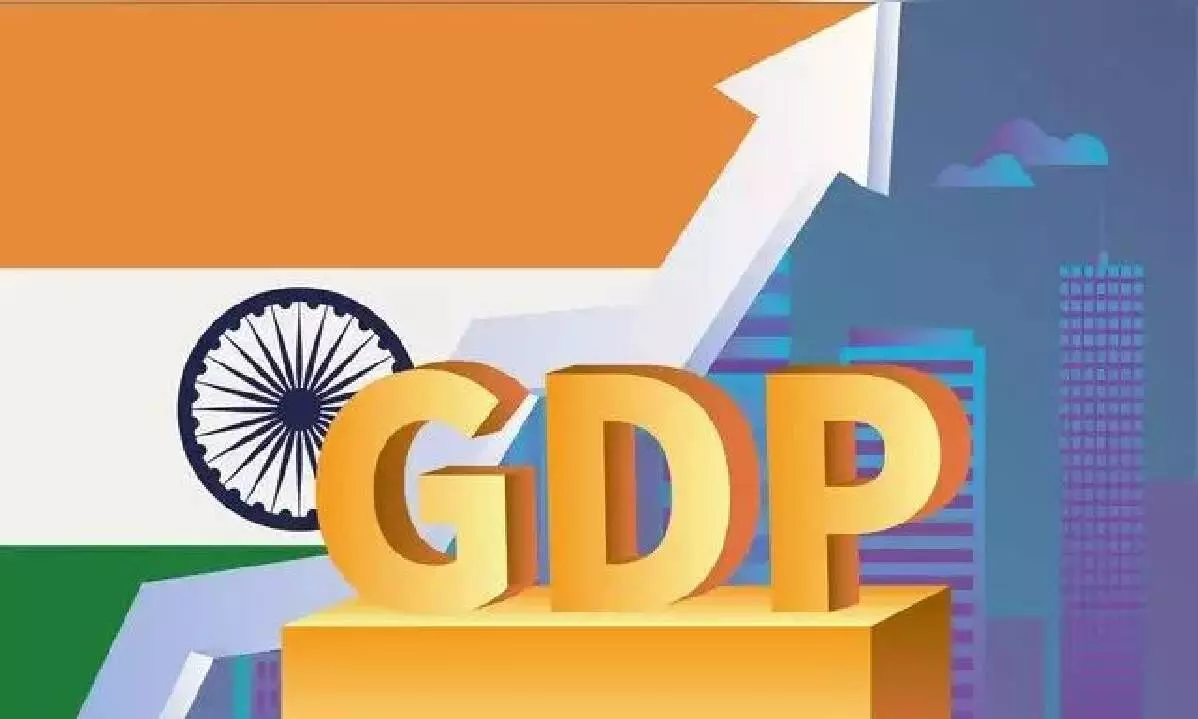Indian steel industry on tenterhooks after imports from China swell
image for illustrative purpose

Key players in the Indian steel sector are jittery following the significant increase in imports from China. During the April-July period, imports of steel from China have gone up by 63 per cent on-year basis, while overall steel imports have risen only by 32 per cent. In fact, India's finished steel imports from China touched a five-year high in the first four months this fiscal, according to provisional government data. The Indian Steel Association (ISA) has already sought government intervention and measures to fix trade distortion. During April-July, China was the second-biggest steel exporter to India, selling 0.6 million metric tonnes, up 62 per cent from the same period a year earlier. South Korea was the top exporter, shipping 0.7 million metric tonnes and accounting for 35 per cent of overall steel imports. In all, India imported two million metric tonnes of finished steel in the period, the highest since 2020 and up 23 per cent from a year earlier. China, the world's top steel producer, exported mostly cold- rolled coil or sheets to India.
The country’s major players opine that India remains an easy target to dump steel as trade safeguarding is a long process. Moreover, to take any trade measure, it takes a minimum of 15 months due to the prevalence of the lesser duty rule in India. Not ironically, some importers look at temporary gains with cheaper imports. Many importers do not realise that damage to the domestic sector is long-term, and eventually this will boomerang on them when they become import-dependent. Therefore, for a level playing field, trade distortions created by exporting countries have to be countered in the nick of time and effectively at that. Interestingly, India, the world's second-biggest crude steel producer, remained a net exporter of finished steel between April and July, with 2.6 million metric tonnes sold to buyers like Italy, Spain, Belgium, Nepal and the UAE. India's crude steel production stood at 45.8 million metric tonnes in April-July, up 11.5 per cent from a year earlier. Consumption of finished steel was 41.2 million metric tonnes, up 12.2 per cent on the year on year basis.
Moreover, if India has to become self-reliant, then it has to double its steel production to meet the growing domestic market. These trade distortions may push global investors to protective countries. There are no two ways about it. One has to keep in mind that measures like the lesser duty rule of the import-dependent era have lost their relevance and have no place in today’s Aatmanirbhar Bharat. The Indian Steel Association is possibly right in thinking that with most of the large steel-consuming markets like the western world protecting their turf with their schemes of taxation like CBAM, India will be left as one of the prime dumping destinations unless some daring actions are taken by the government like the way it did way back in 2015-16. Suffice to say that all eyes are on the government, especially the Union Steel ministry’s, and its roadmap and determination to implement the action plan.

